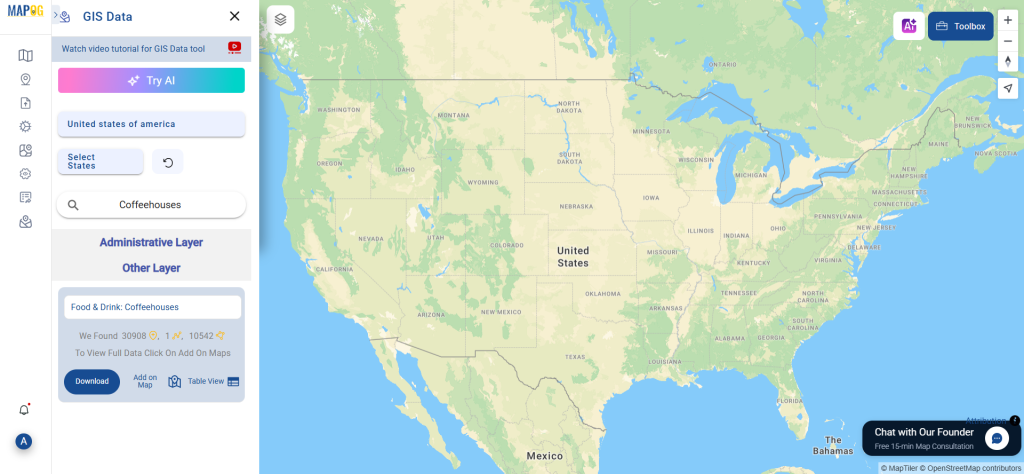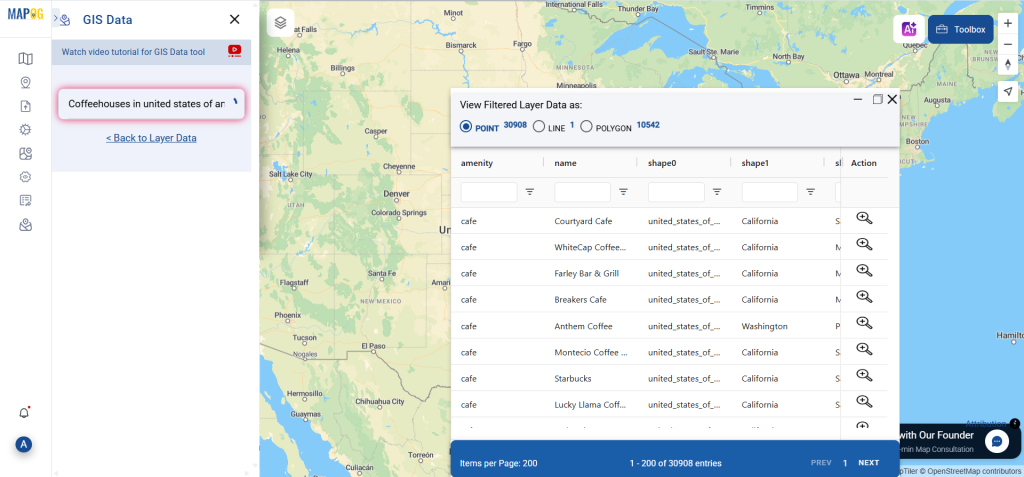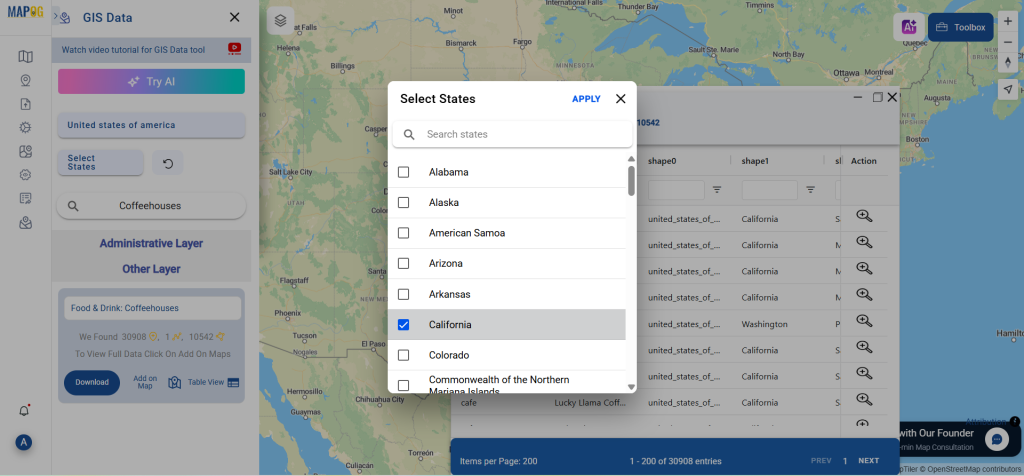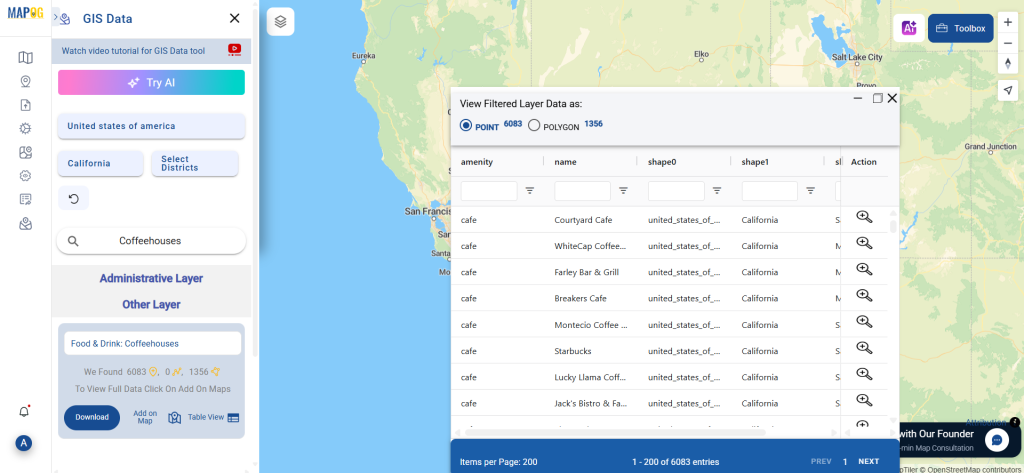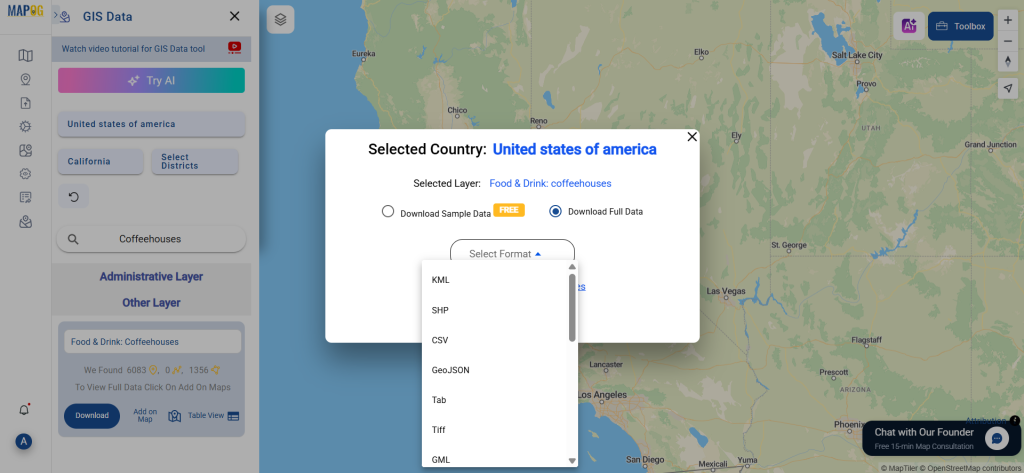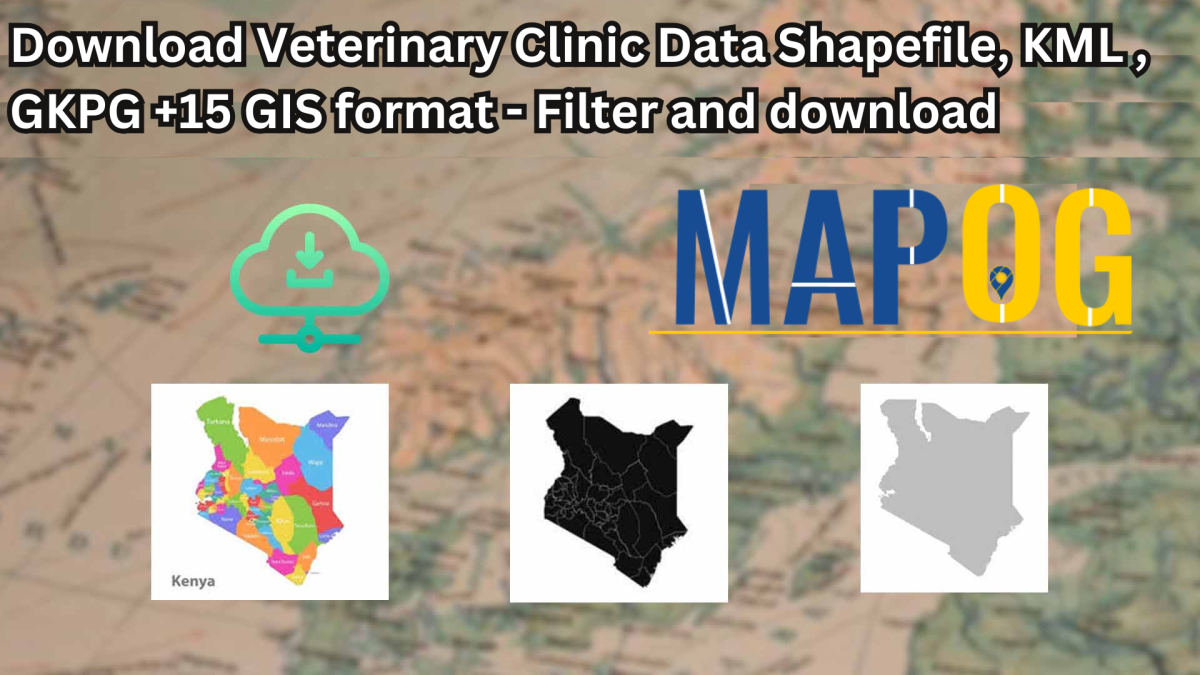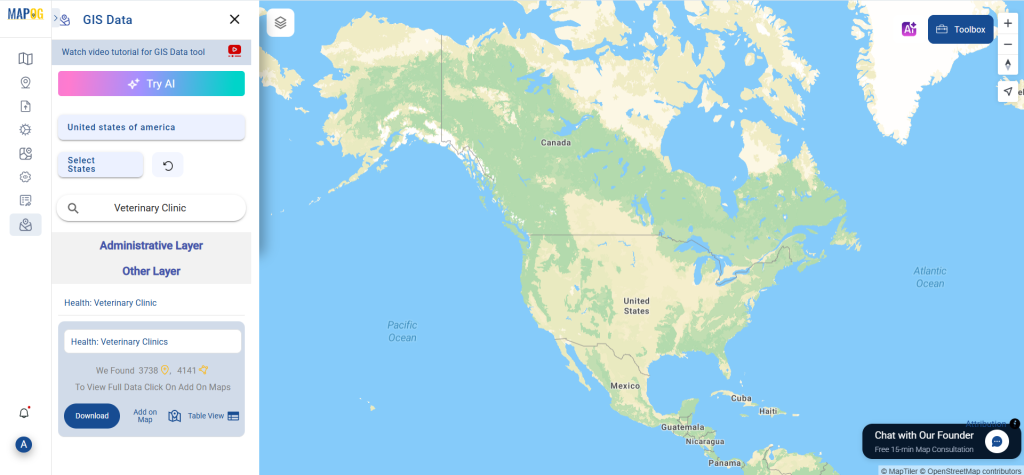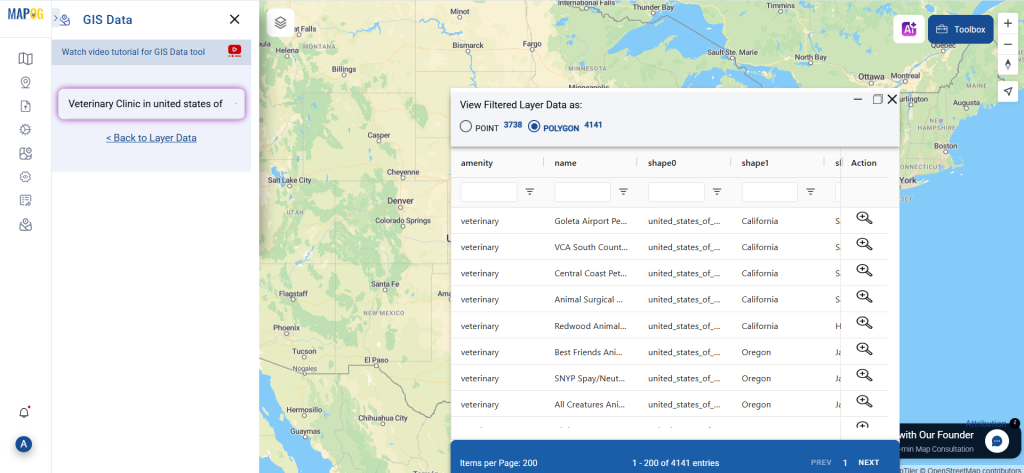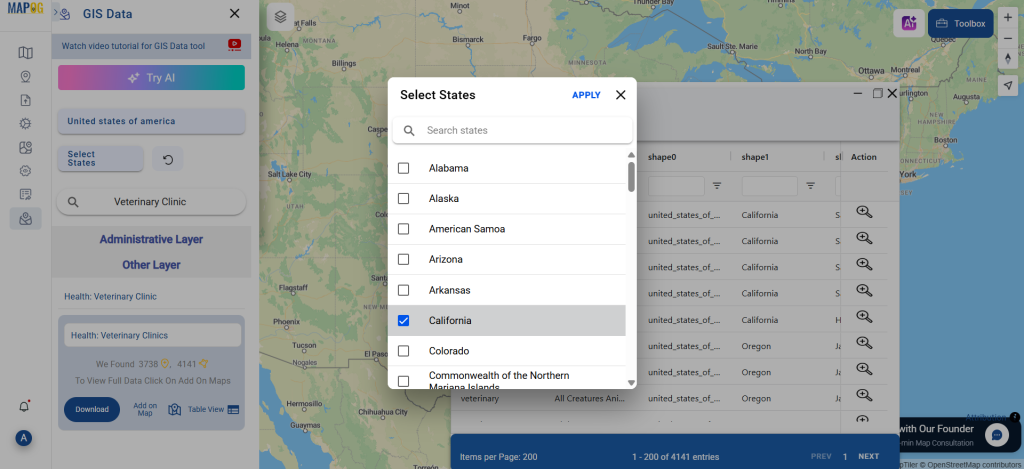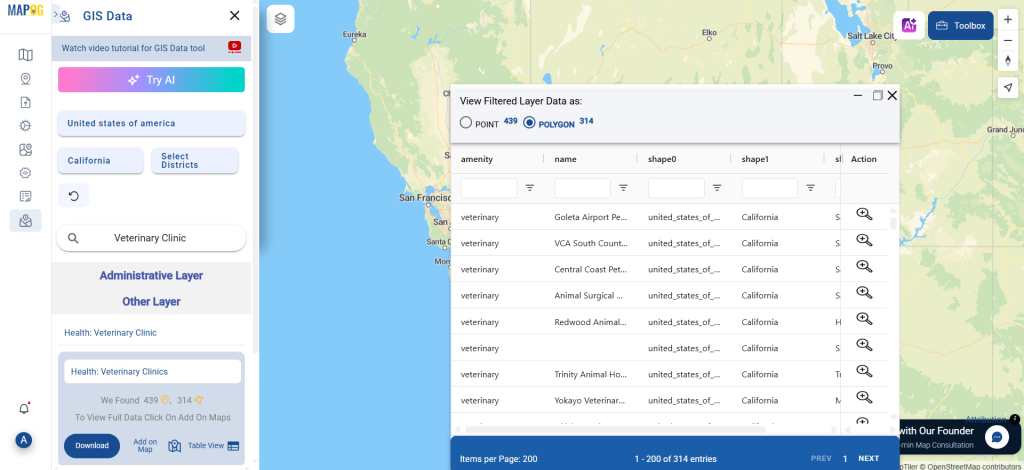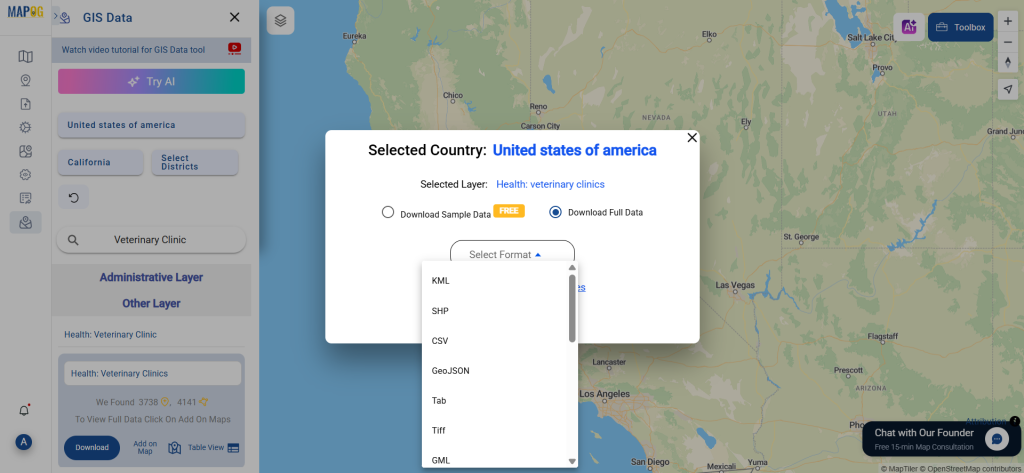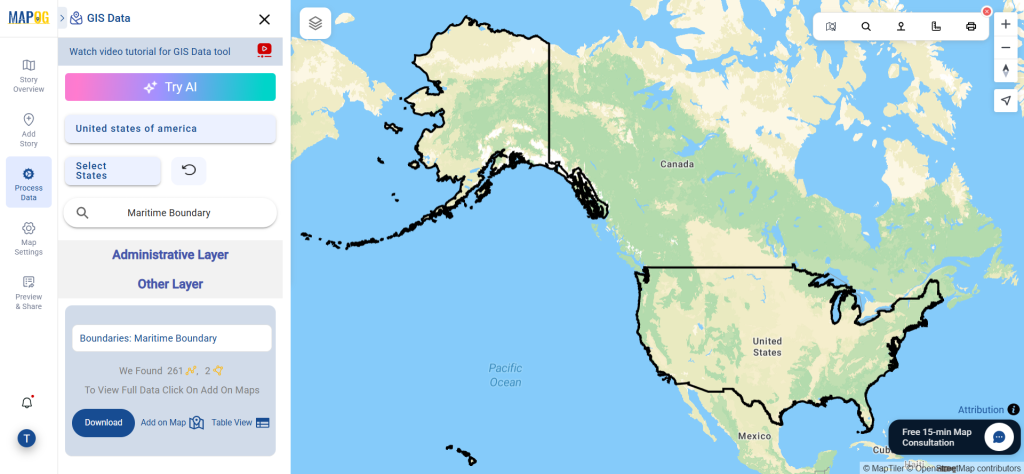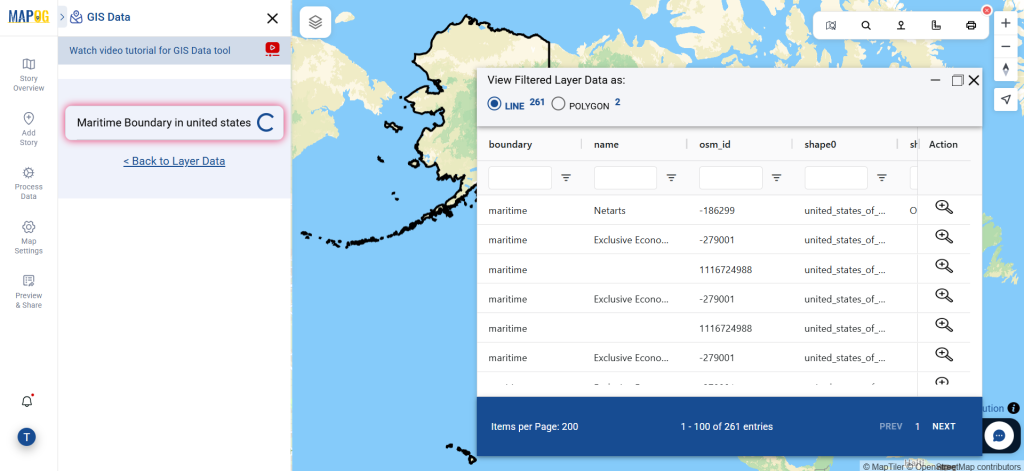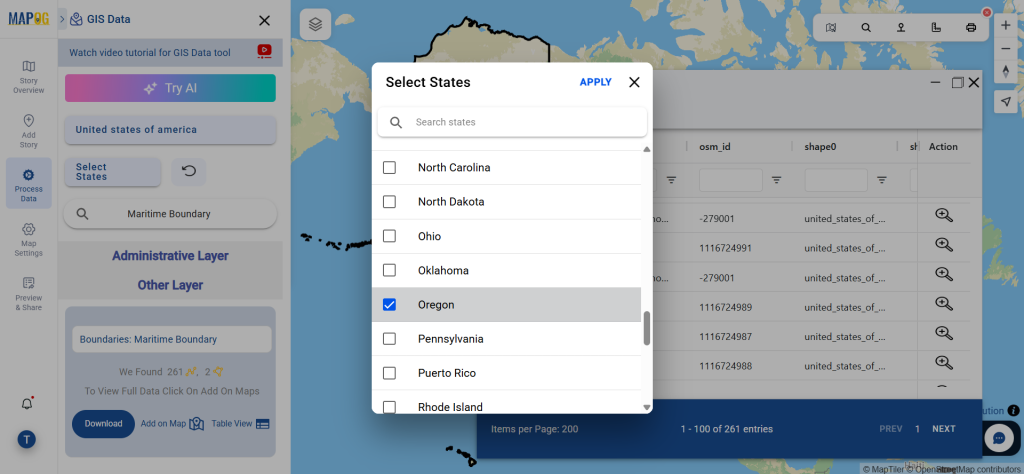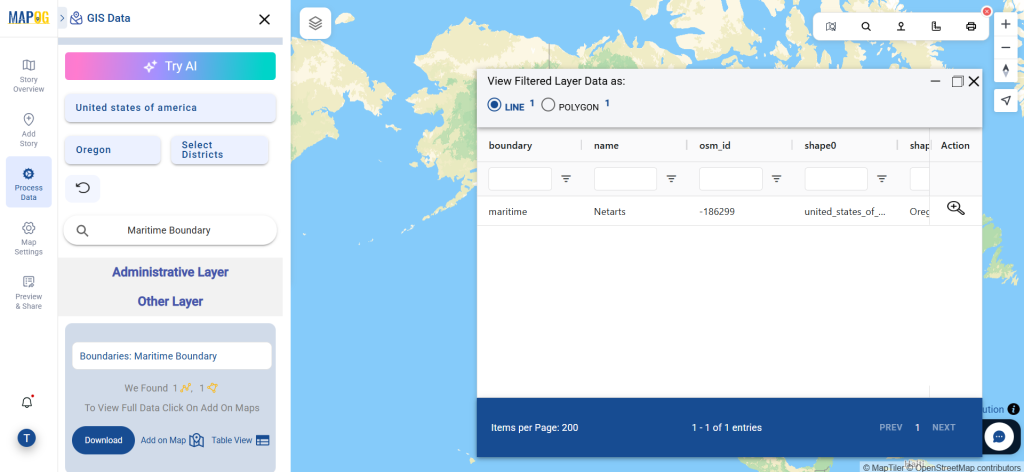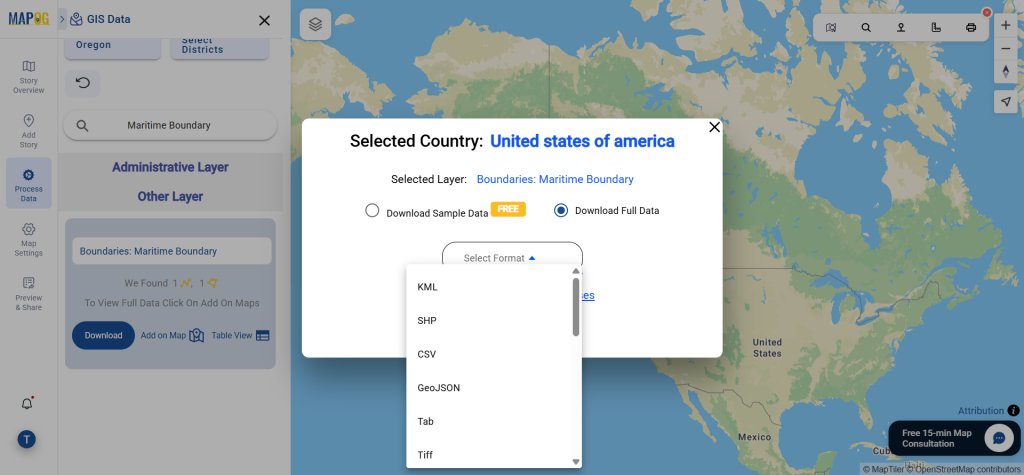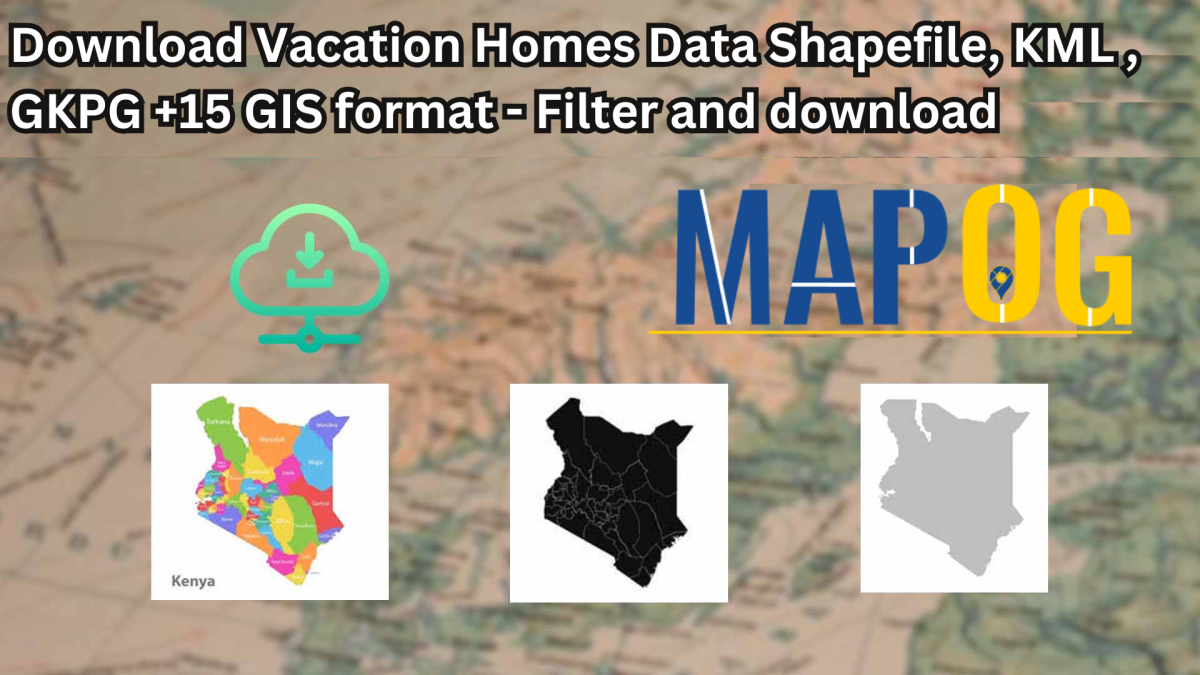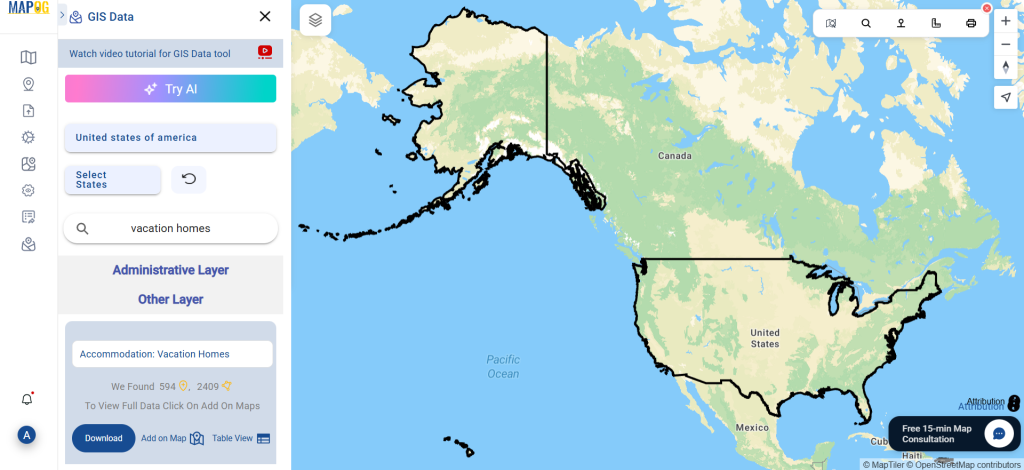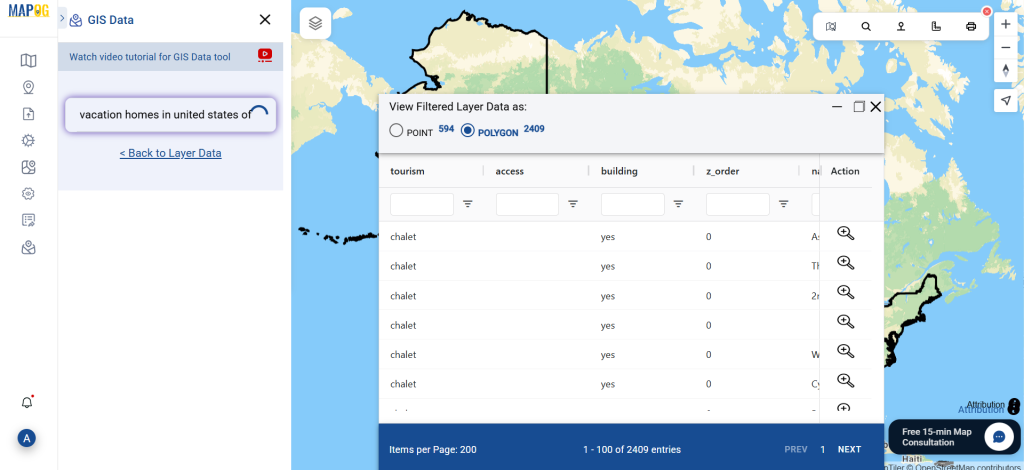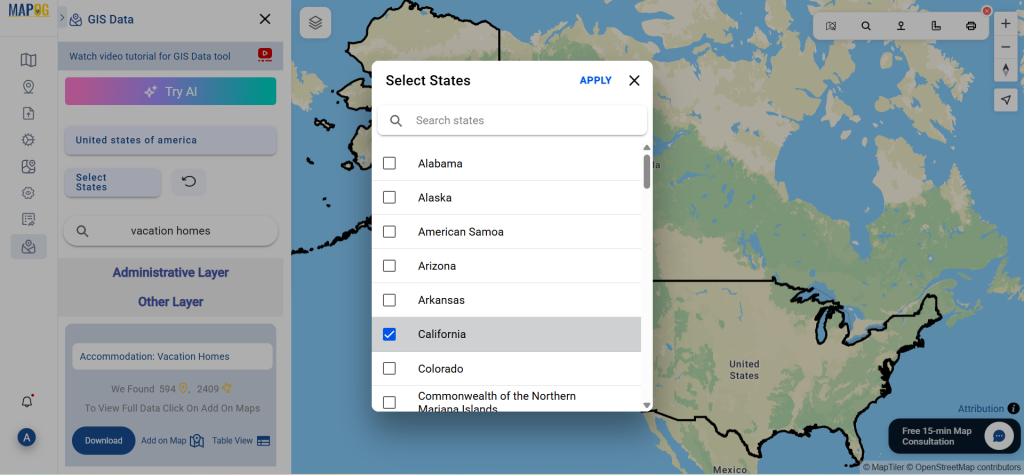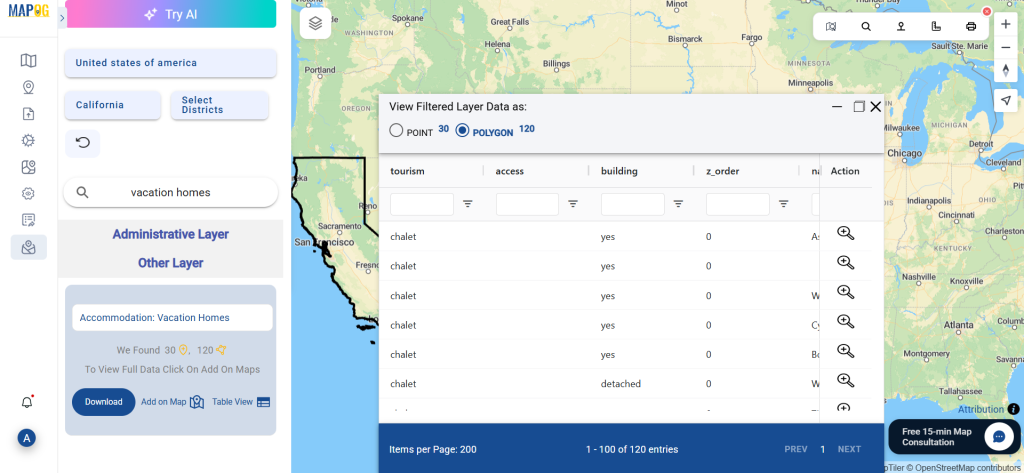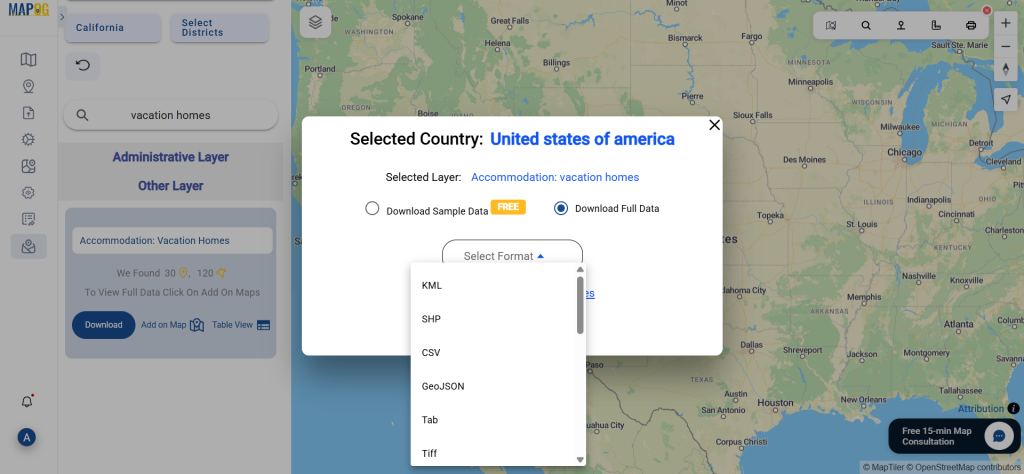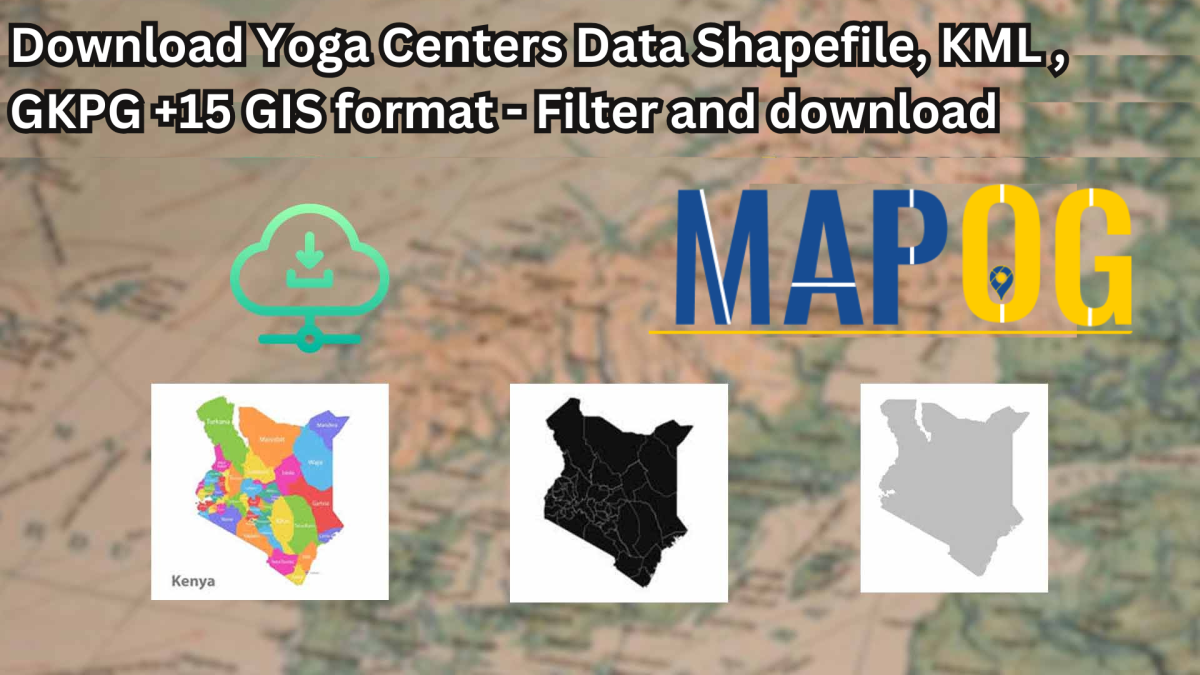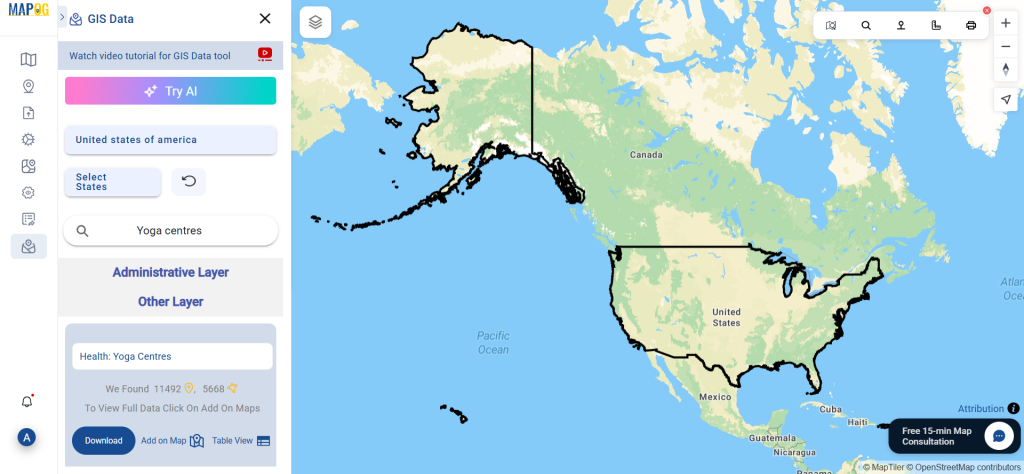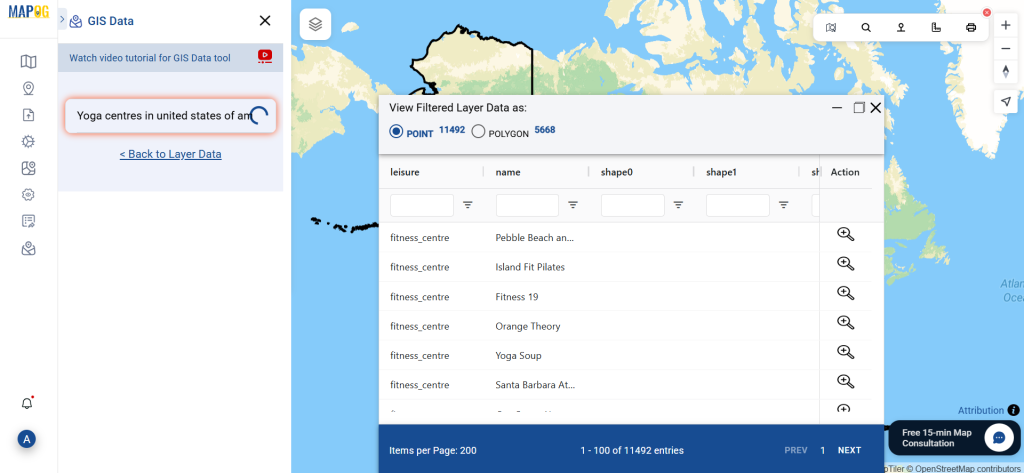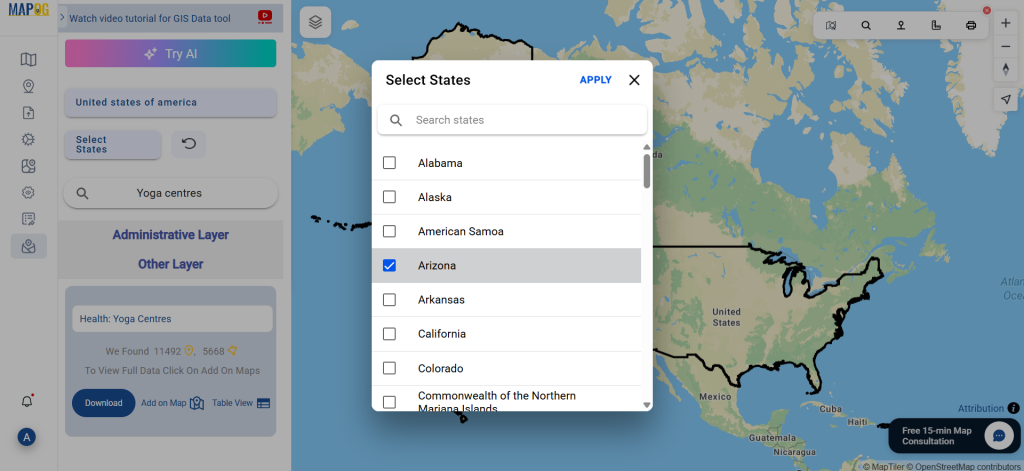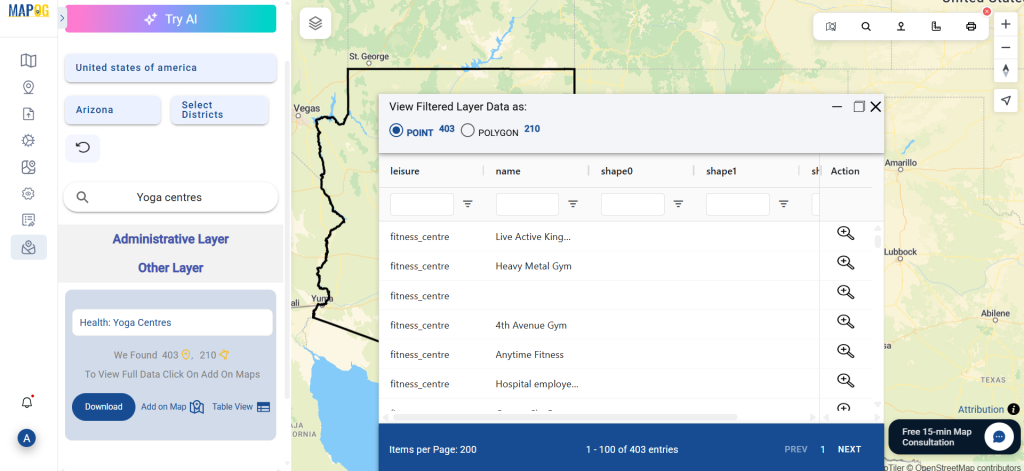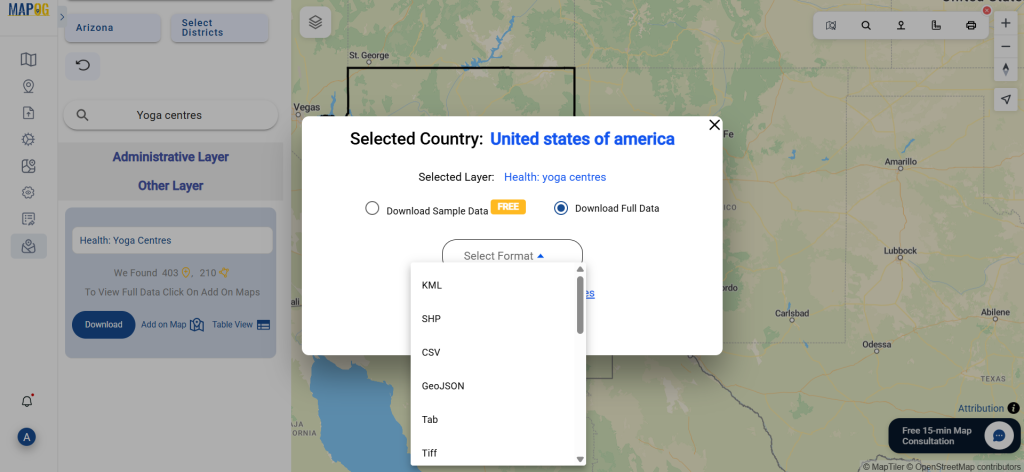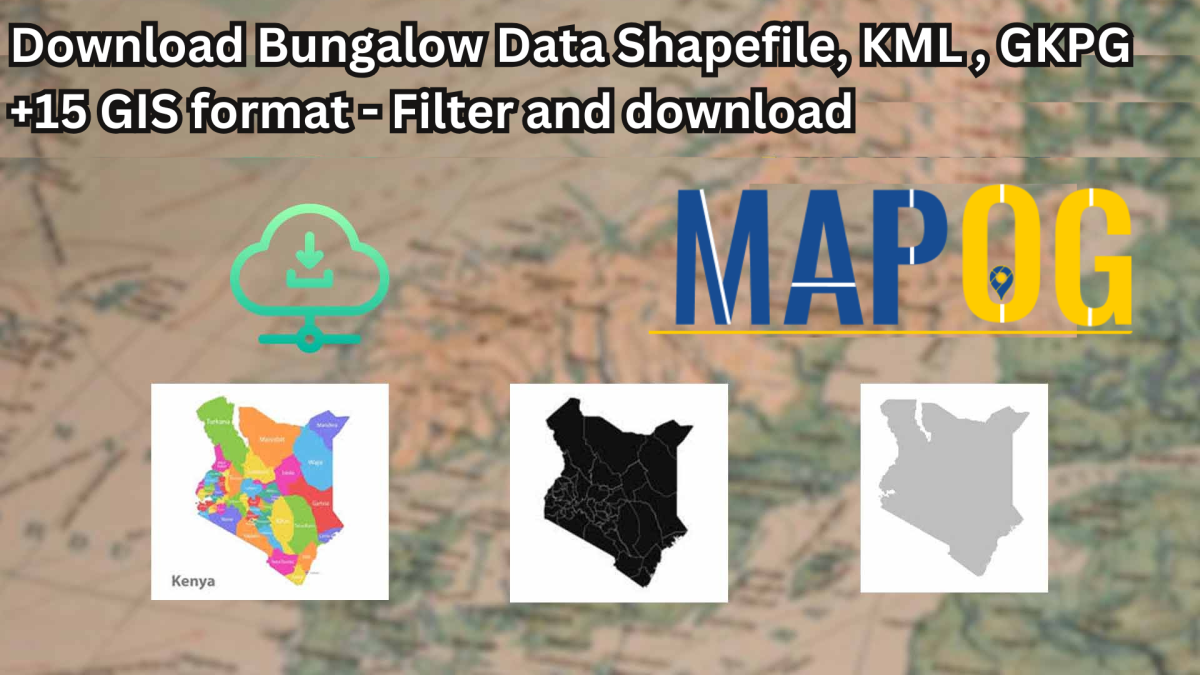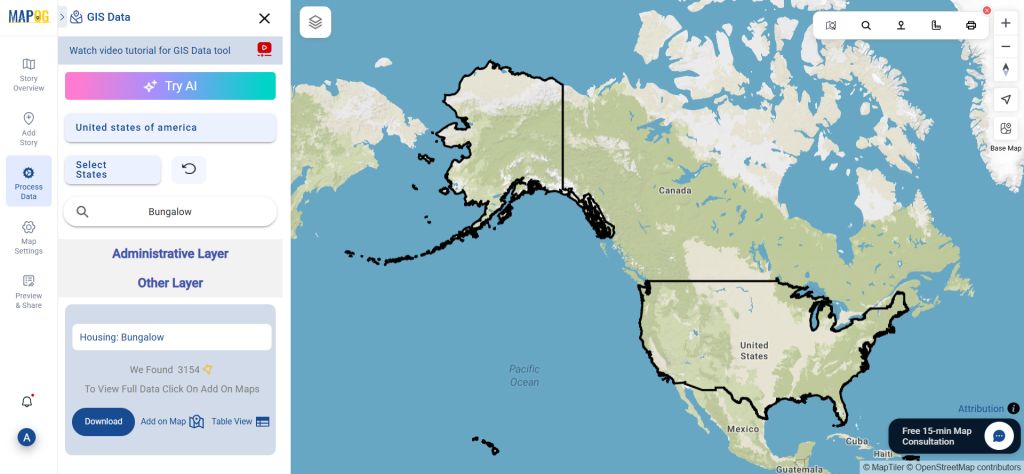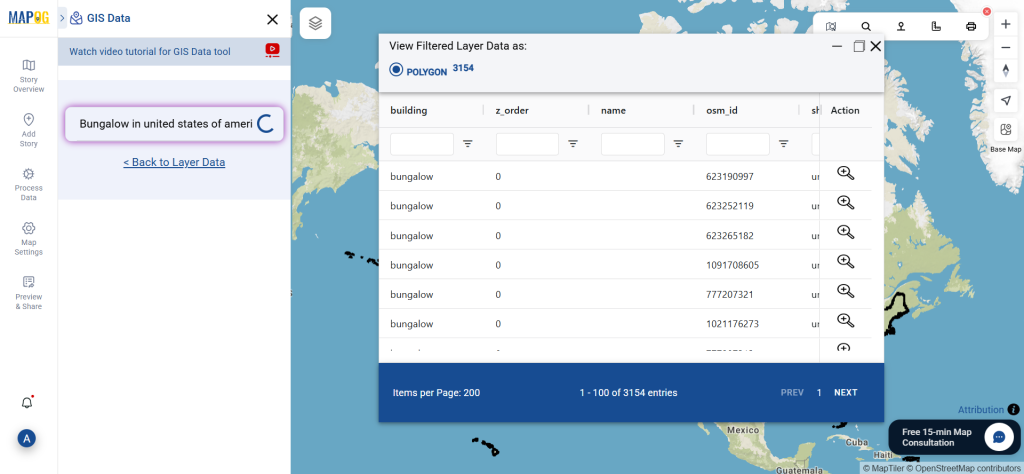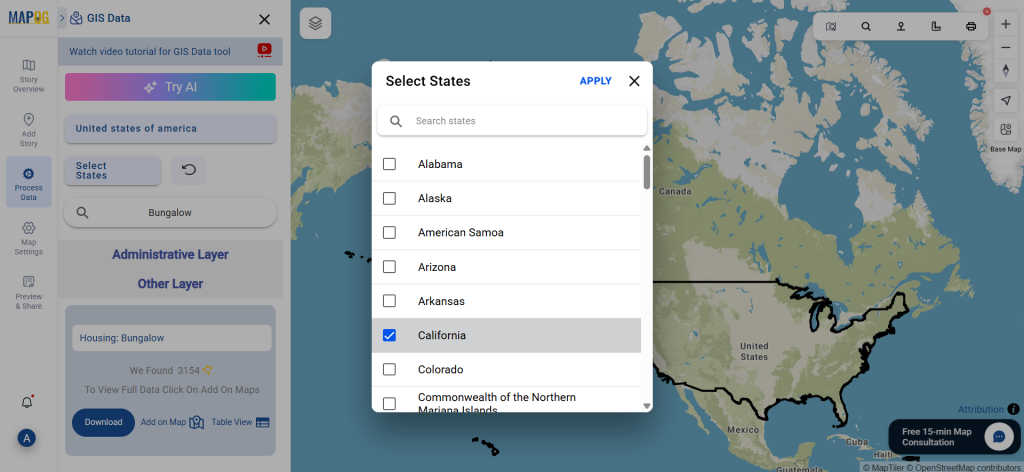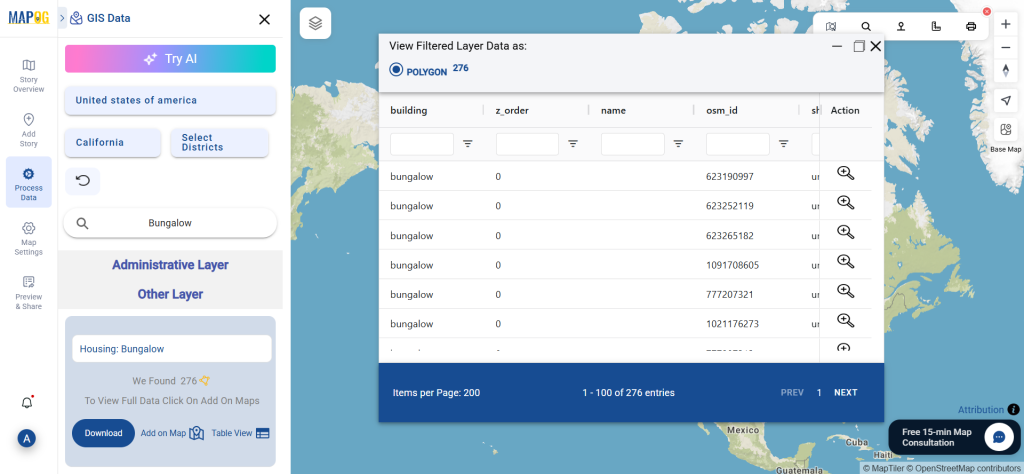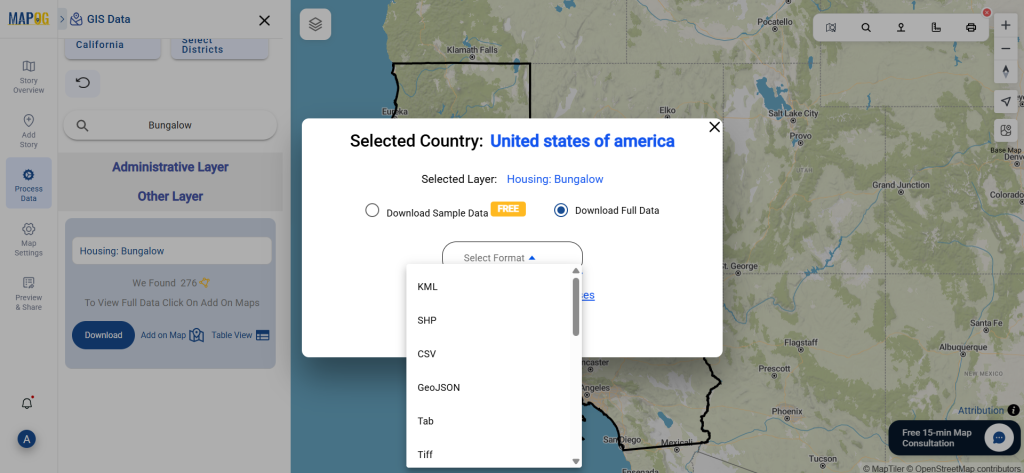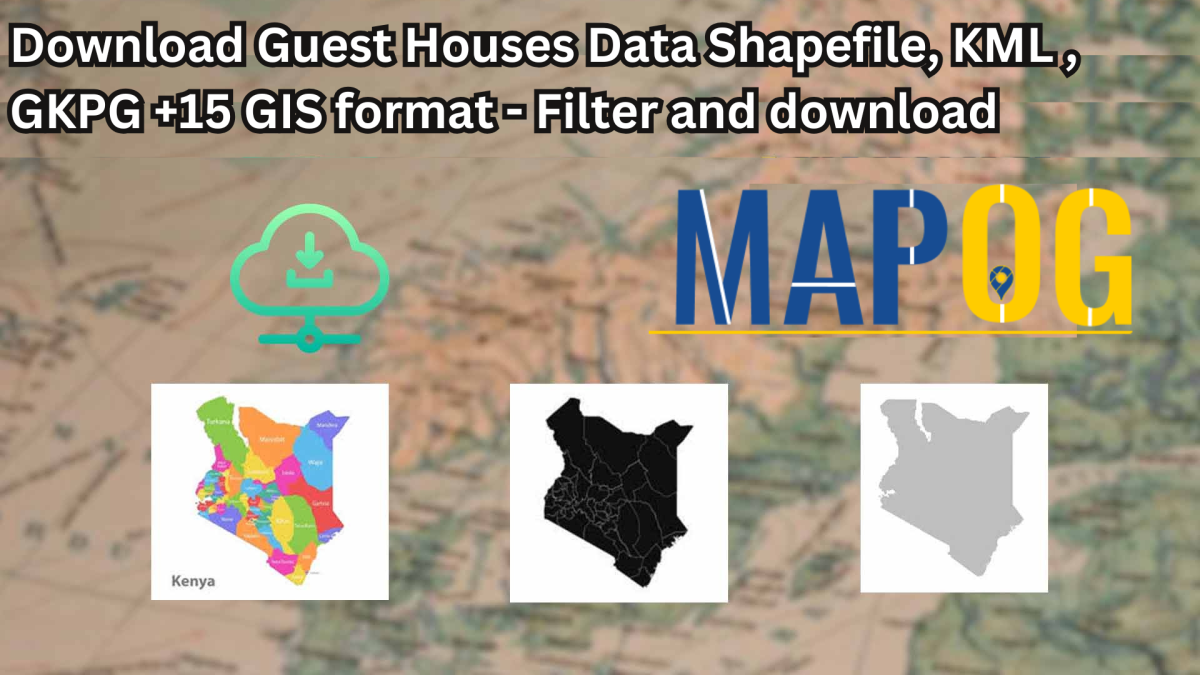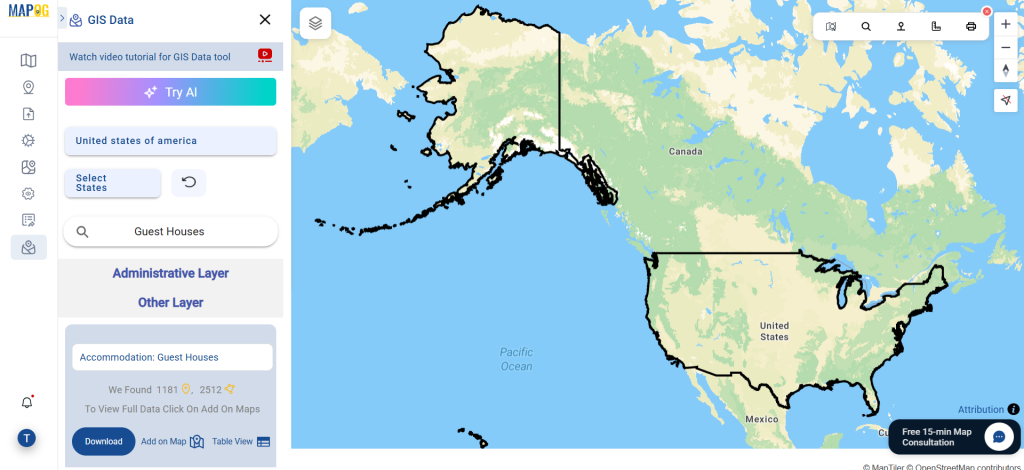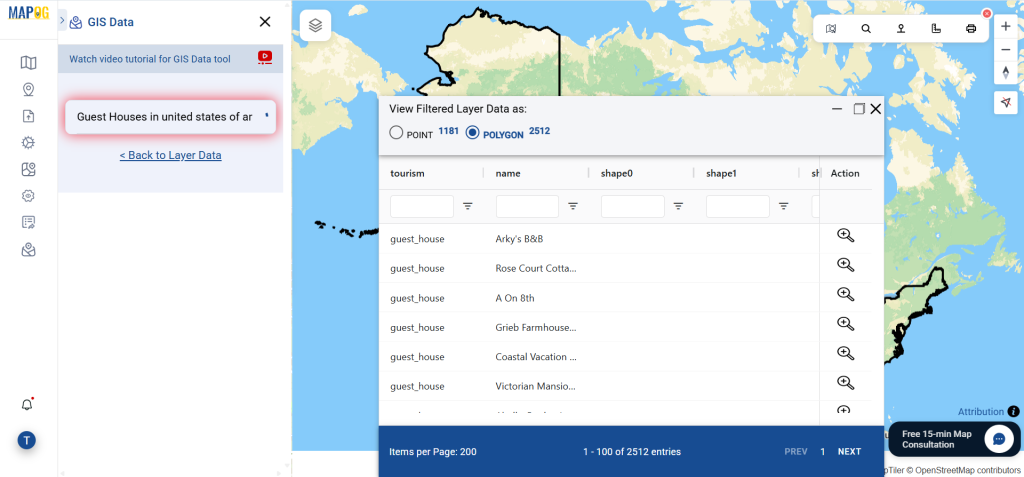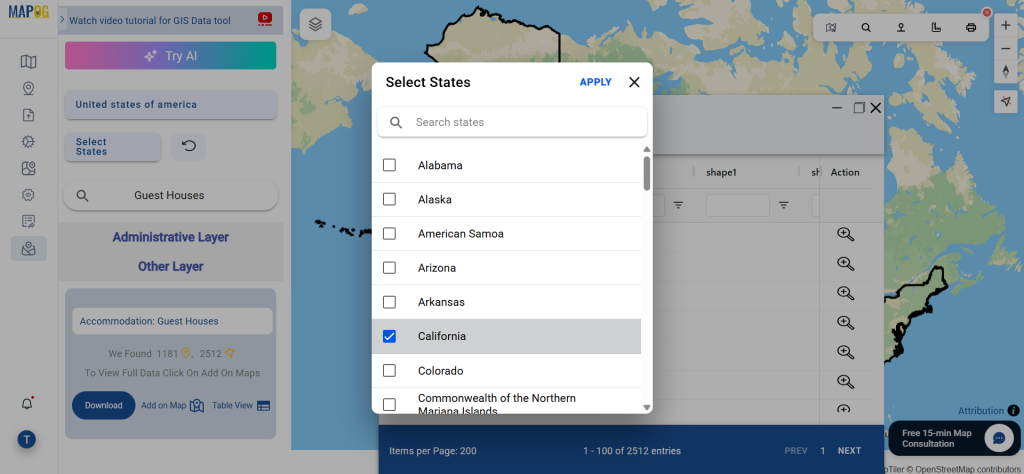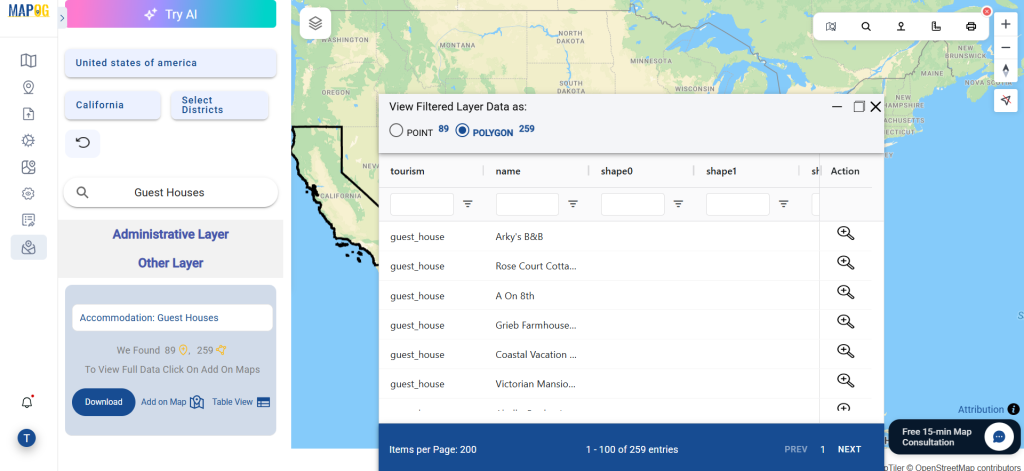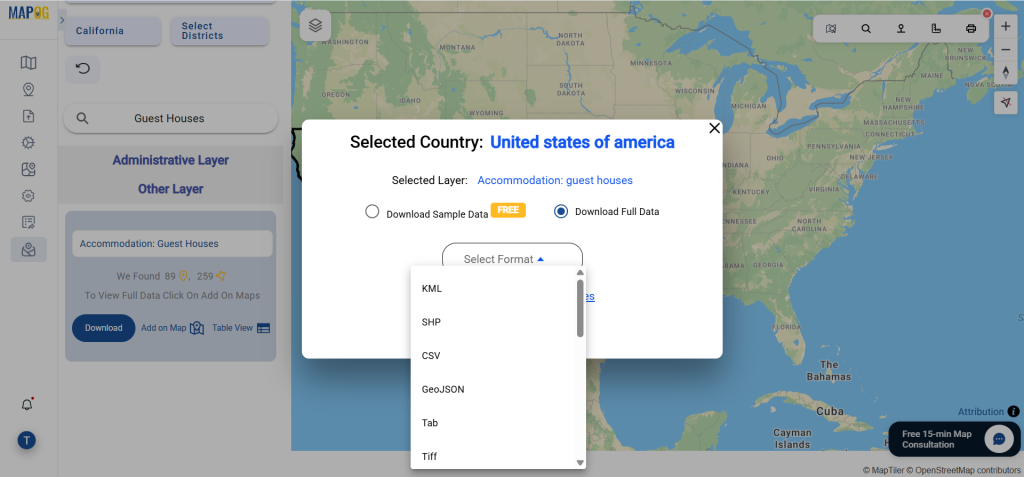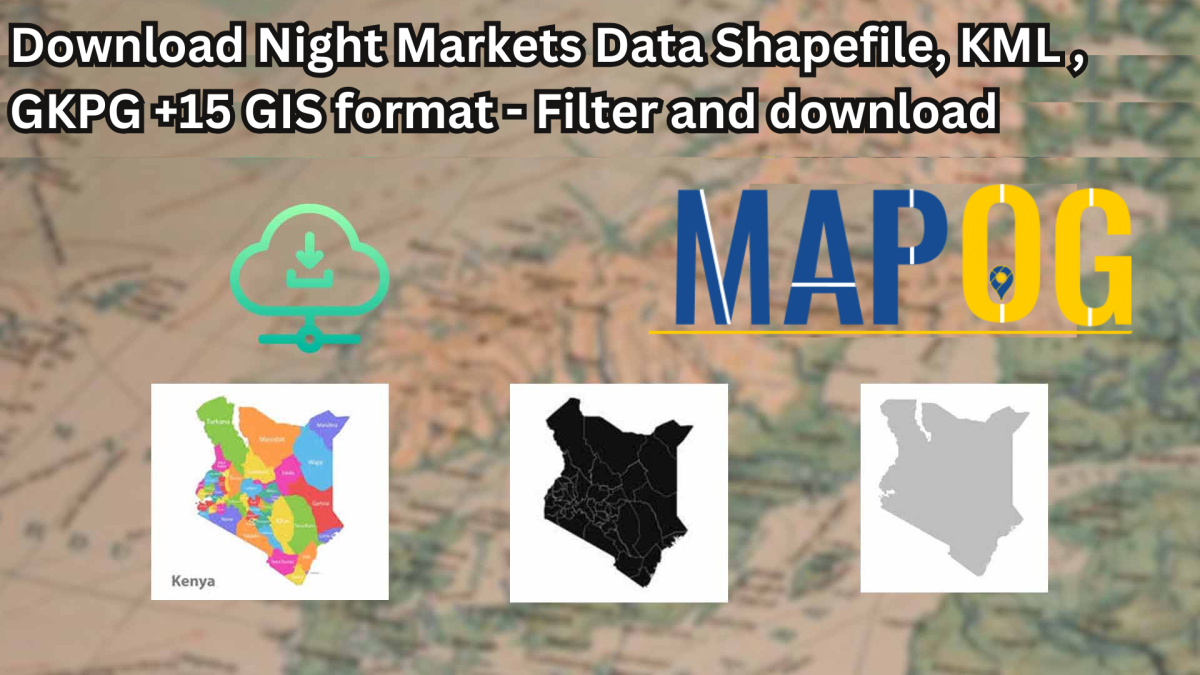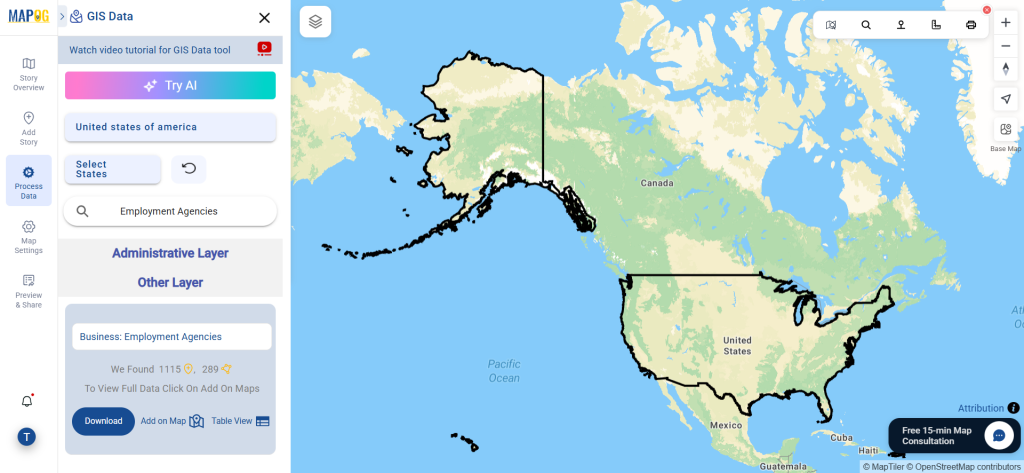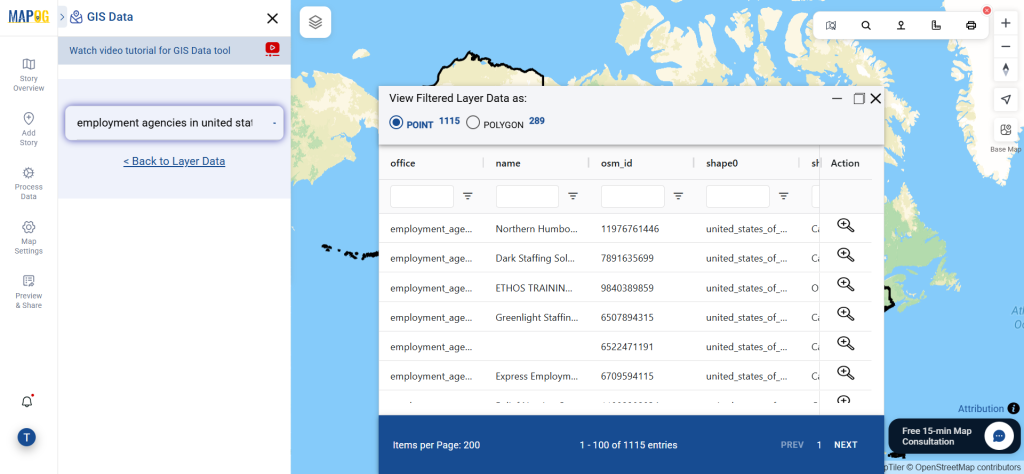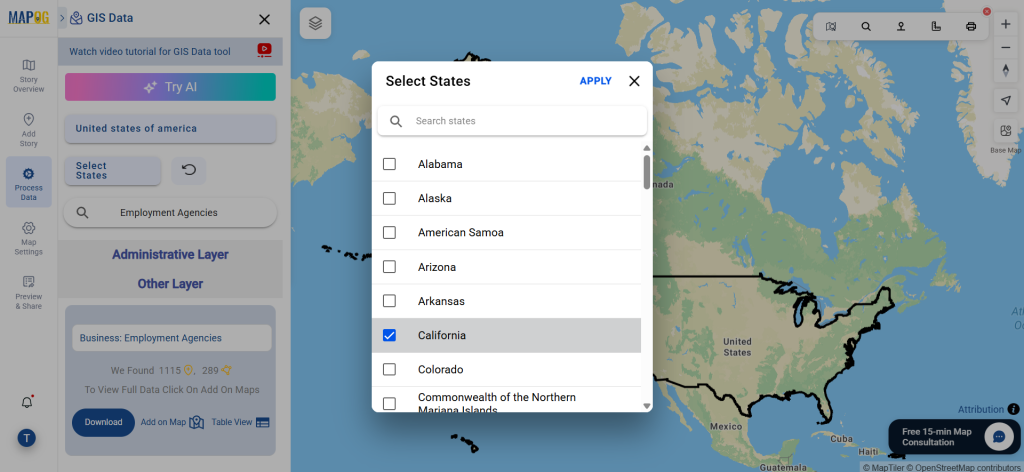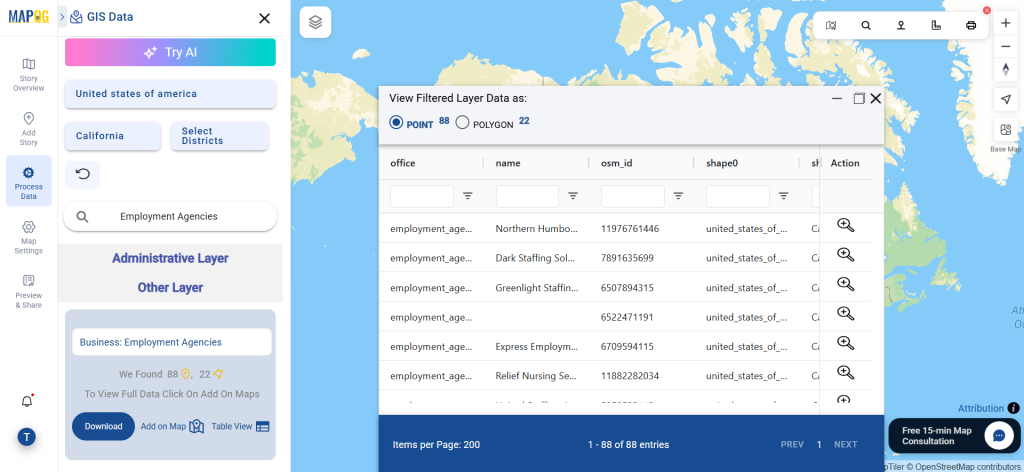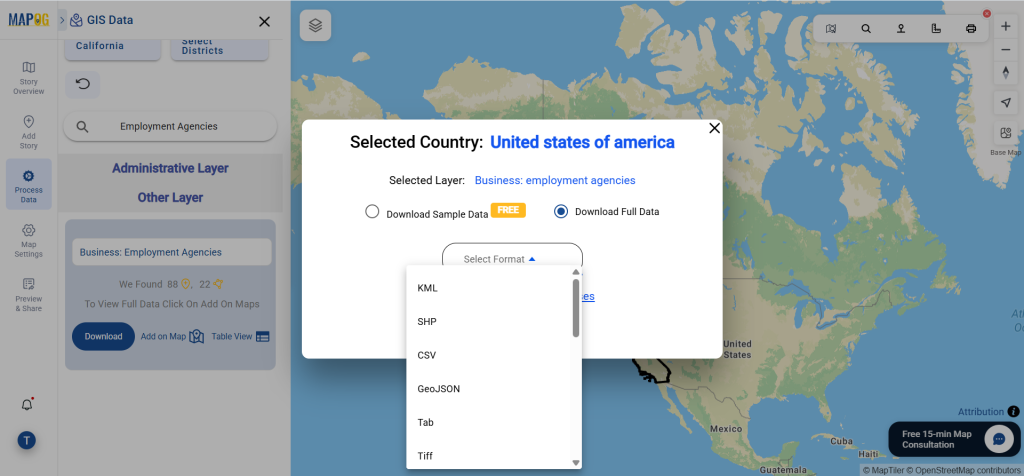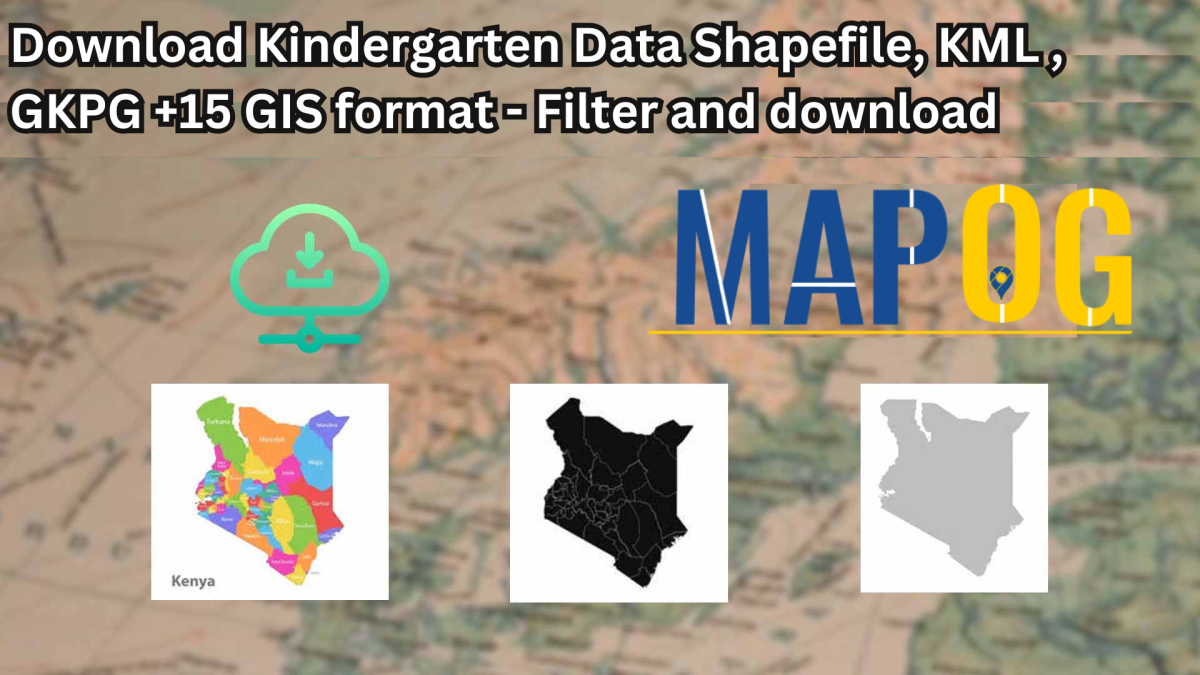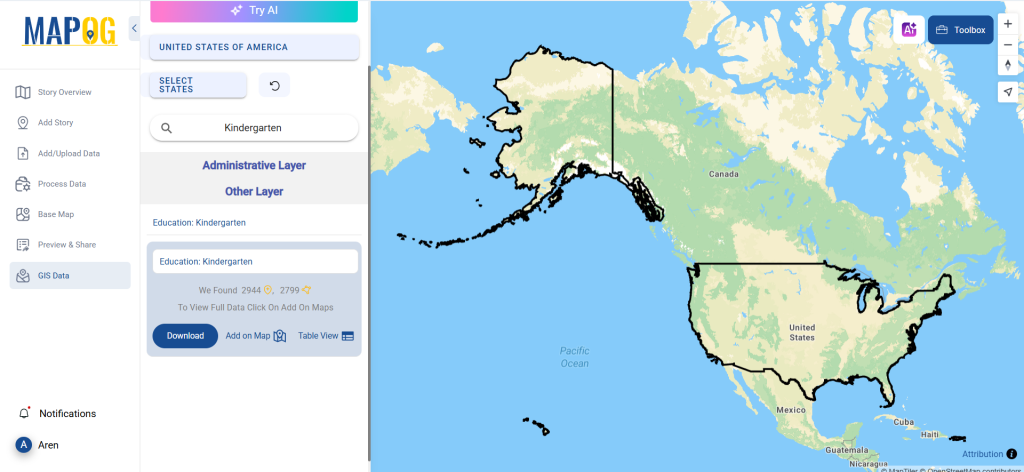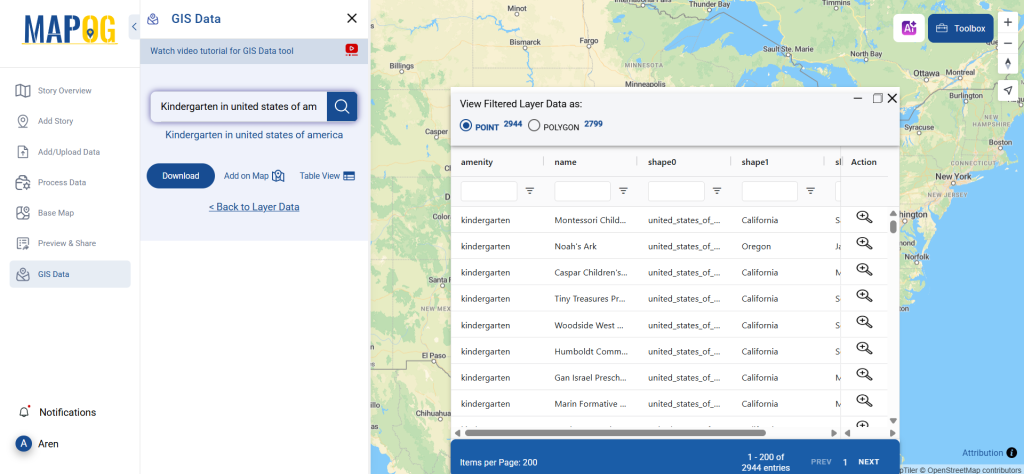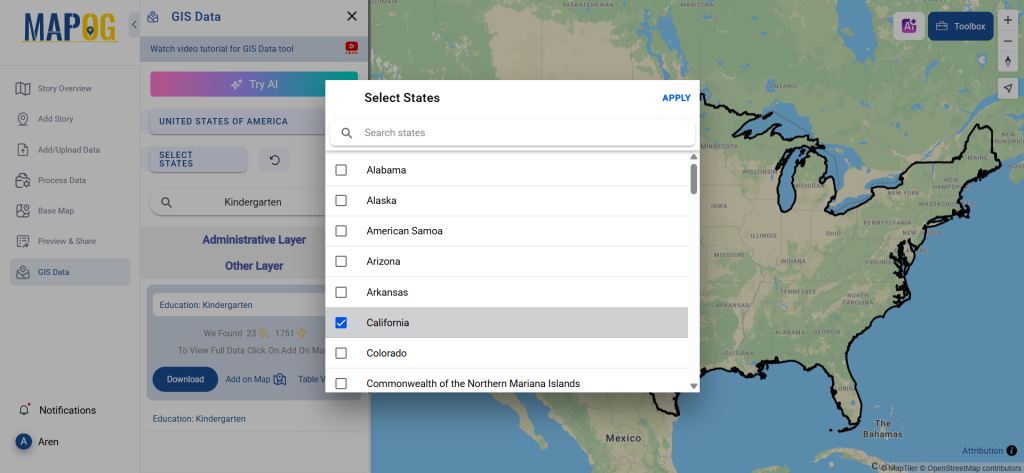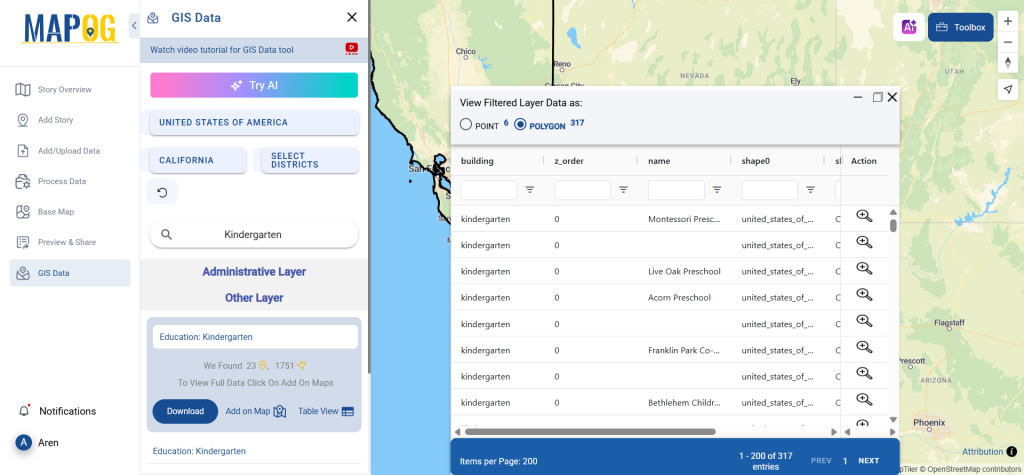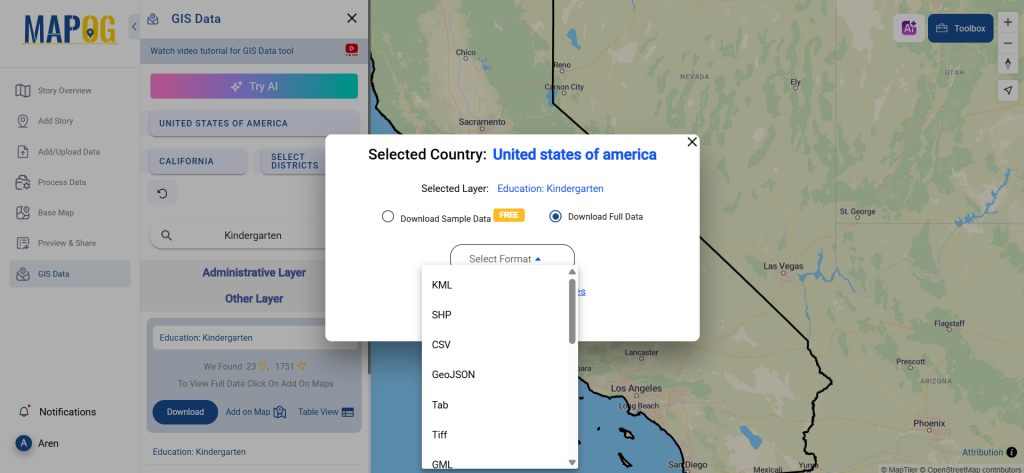Looking for an easy way to download dormitories data? GIS Data by MAPOG makes it simple! This user-friendly platform provides access to various GIS formats like Shapefile, KML, GeoJSON, and more. Whether you need dormitory locations for urban planning, student housing analysis, or real estate development, MAPOG offers accurate geographic data.
Why Use GIS Data by MAPOG?
With over 200 countries and 900+ layers, this platform allows seamless downloading of administrative and geographic datasets, enabling detailed mapping and spatial analysis in MAPOG. The available formats ensure compatibility with popular GIS tools for better decision-making.
Download Dormitories data of any countries
Note:
- All data is provided in GCS datum EPSG:4326 WGS84 CRS (Coordinate Reference System).
- Users need to log in to access and download their preferred data formats.
Step-by-Step Guide to Download Dormitories Data
Step 1: Search for ‘Dormitories Data’
After logging into GIS Data by MAPOG, select the country of interest. Use the search layer option to locate Dormitories data. These can include university dormitories, hostel networks, and workforce housing. You can also review the data format, whether point-based or polygon-based.
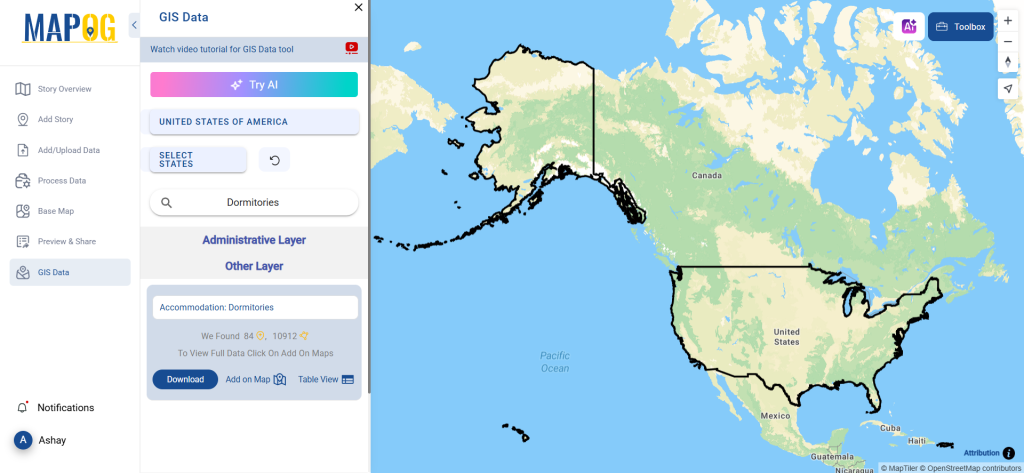
Step 2: Use the AI Search Tool
MAPOG’s AI-powered search tool, found in the upper left corner, makes finding the right data even easier. Just enter keywords like ‘Dormitories in New York’ or ‘University Housing in Germany’, and the tool will fetch the most relevant re
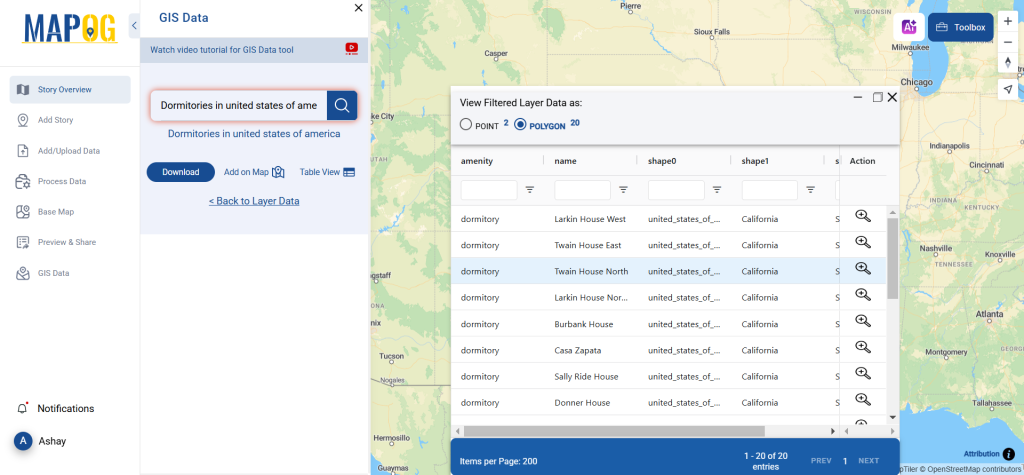
Step 3: Apply Filters for Precision
Narrow down your search using the filter data option. You can refine dormitory data based on location, state, district, or proximity to universities. This helps focus on specific areas, making mapping more precise and insightful.

Step 4: Add Data to Map for Analysis
Use the ‘Add on Map’ feature to visualize dormitory locations on an interactive map. This allows users to analyze spatial relationships, proximity to public transport, and surrounding infrastructure. The ability to integrate multiple layers makes GIS projects more robust.
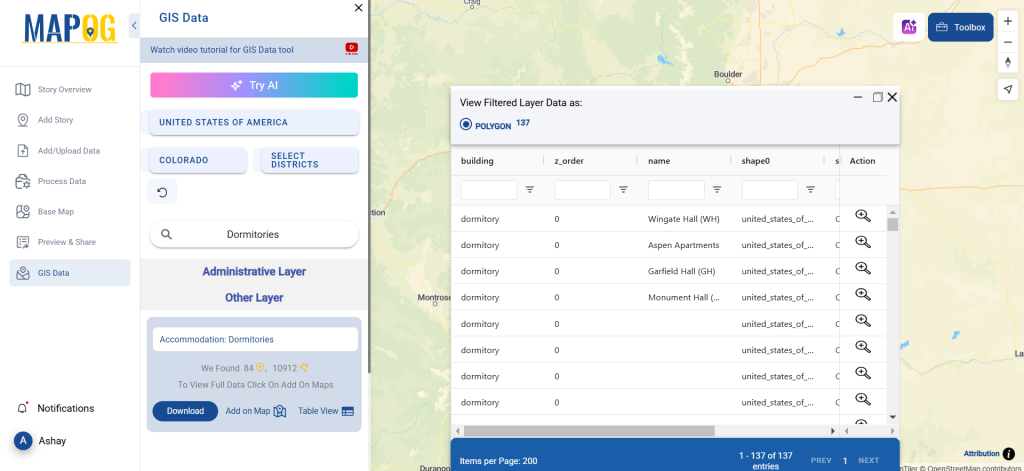
Step 5: Download Dormitories Data in Multiple Formats
Click the ‘Download Data’ button to obtain the required dataset. Choose between sample data or the full dataset. Select from 15+ GIS formats like Shapefile (SHP), KML, GeoJSON, SQL, DXF, MIF, MID, and more. Agree to the terms, then hit download.
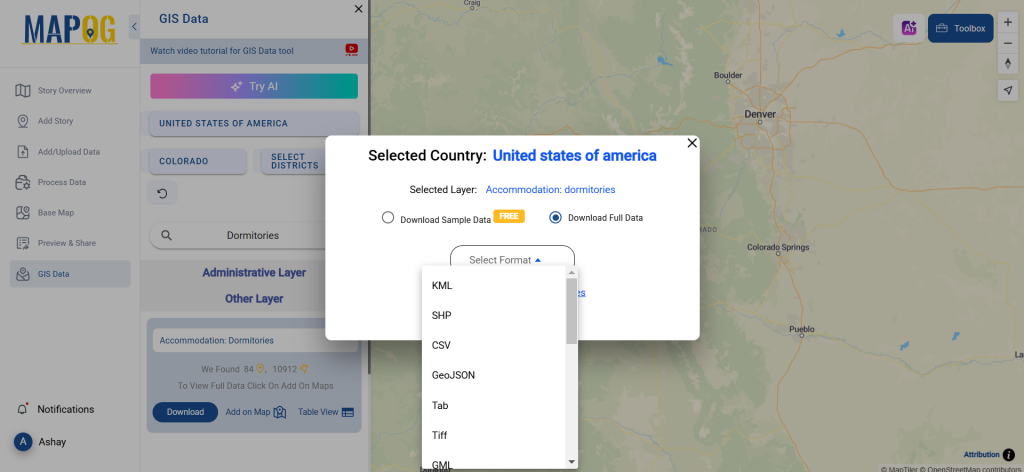
Conclusion
With GIS Data by MAPOG, you can download dormitories data effortlessly for spatial analysis, city planning, or student accommodation research. The platform offers high-quality data in multiple formats, ensuring compatibility with leading GIS applications. Whether you’re a real estate developer, urban planner, or academic researcher, MAPOG provides reliable dormitory data for smarter decision-making. Start mapping dormitories today!
With MAPOG’s versatile toolkit, you can effortlessly upload vector and upload Excel or CSV data, incorporate existing layers, perform polyline splitting, use the converter for various formats, calculate isochrones, and utilize the Export Tool.
For any questions or further assistance, feel free to reach out to us at support@mapog.com. We’re here to help you make the most of your GIS data.
Download Shapefile for the following:
- World Countries Shapefile
- Australia
- Argentina
- Austria
- Belgium
- Brazil
- Canada
- Denmark
- Fiji
- Finland
- Germany
- Greece
- India
- Indonesia
- Ireland
- Italy
- Japan
- Kenya
- Lebanon
- Madagascar
- Malaysia
- Mexico
- Mongolia
- Netherlands
- New Zealand
- Nigeria
- Papua New Guinea
- Philippines
- Poland
- Russia
- Singapore
- South Africa
- South Korea
- Spain
- Switzerland
- Tunisia
- United Kingdom Shapefile
- United States of America
- Vietnam
- Croatia
- Chile
- Norway
- Maldives
- Bhutan
- Colombia
- Libya
- Comoros
- Hungary
- Laos
- Estonia
- Iraq
- Portugal
- Azerbaijan
- Macedonia
- Romania
- Peru
- Marshall Islands
- Slovenia
- Nauru
- Guatemala
- El Salvador
- Afghanistan
- Cyprus
- Syria
- Slovakia
- Luxembourg
- Jordan
- Armenia
- Haiti And Dominican Republic
- Malta
- Djibouti
- East Timor
- Micronesia
- Morocco
- Liberia
- Kosovo
- Isle Of Man
- Paraguay
- Tokelau
- Palau
- Ile De Clipperton
- Mauritius
- Equatorial Guinea
- Tonga
- Myanmar
- Thailand
- New Caledonia
- Niger
- Nicaragua
- Pakistan
- Nepal
- Seychelles
- Democratic Republic of the Congo
- China
- Kenya
- Kyrgyzstan
- Bosnia Herzegovina
- Burkina Faso
- Canary Island
- Togo
- Israel And Palestine
- Algeria
- Suriname
- Angola
- Cape Verde
- Liechtenstein
- Taiwan
- Turkmenistan
- Tuvalu
- Ivory Coast
- Moldova
- Somalia
- Belize
- Swaziland
- Solomon Islands
- North Korea
- Sao Tome And Principe
- Guyana
- Serbia
- Senegal And Gambia
- Faroe Islands
- Guernsey Jersey
- Monaco
- Tajikistan
- Pitcairn
Disclaimer : The GIS data provided for download in this article was initially sourced from OpenStreetMap (OSM) and further modified to enhance its usability. Please note that the original data is licensed under the Open Database License (ODbL) by the OpenStreetMap contributors. While modifications have been made to improve the data, any use, redistribution, or modification of this data must comply with the ODbL license terms. For more information on the ODbL, please visit OpenStreetMap’s License Page.
Here are some blogs you might be interested in:
- Download Airport data in Shapefile, KML , MIf +15 GIS format – Filter and download
- Download Bank Data in Shapefile, KML, GeoJSON, and More – Filter and Download
- Download Railway data in Shapefile, KML, GeojSON +15 GIS format
- Download Farmland Data in Shapefile, KML, GeoJSON, and More – Filter and Download
- Download Pharmacy Data in Shapefile, KML, GeoJSON, and More – Filter and Download
- Download ATM Data in Shapefile, KML, MID +15 GIS Formats Using GIS Data by MAPOG
- Download Road Data in Shapefile, KML, GeoJSON, and 15+ GIS Form


